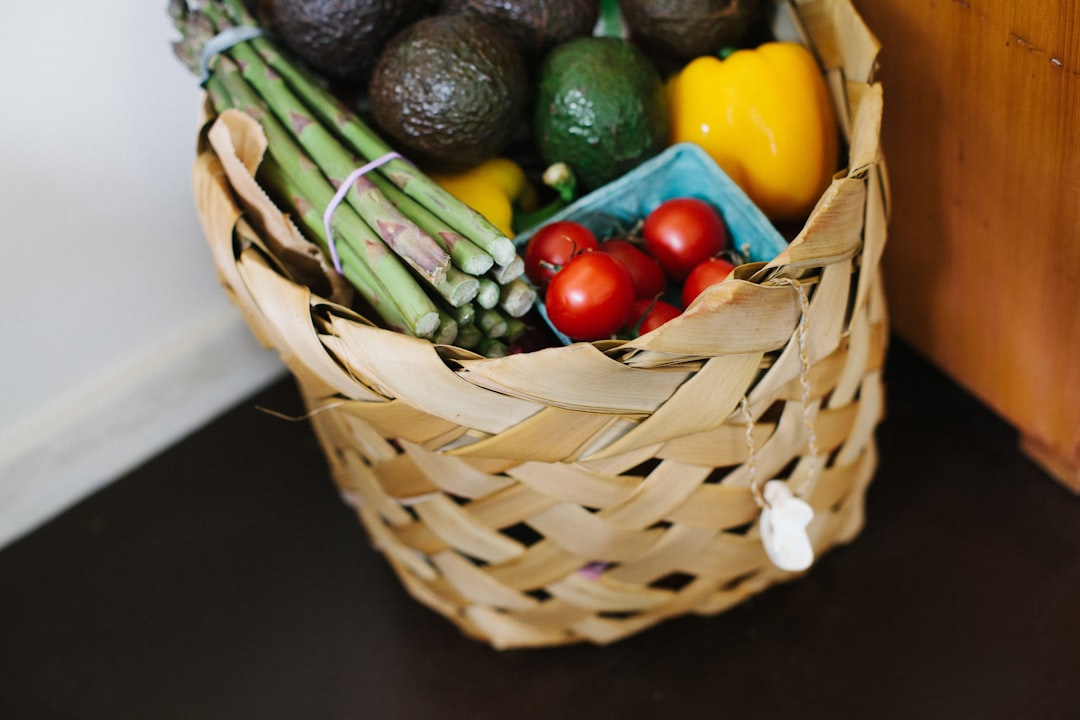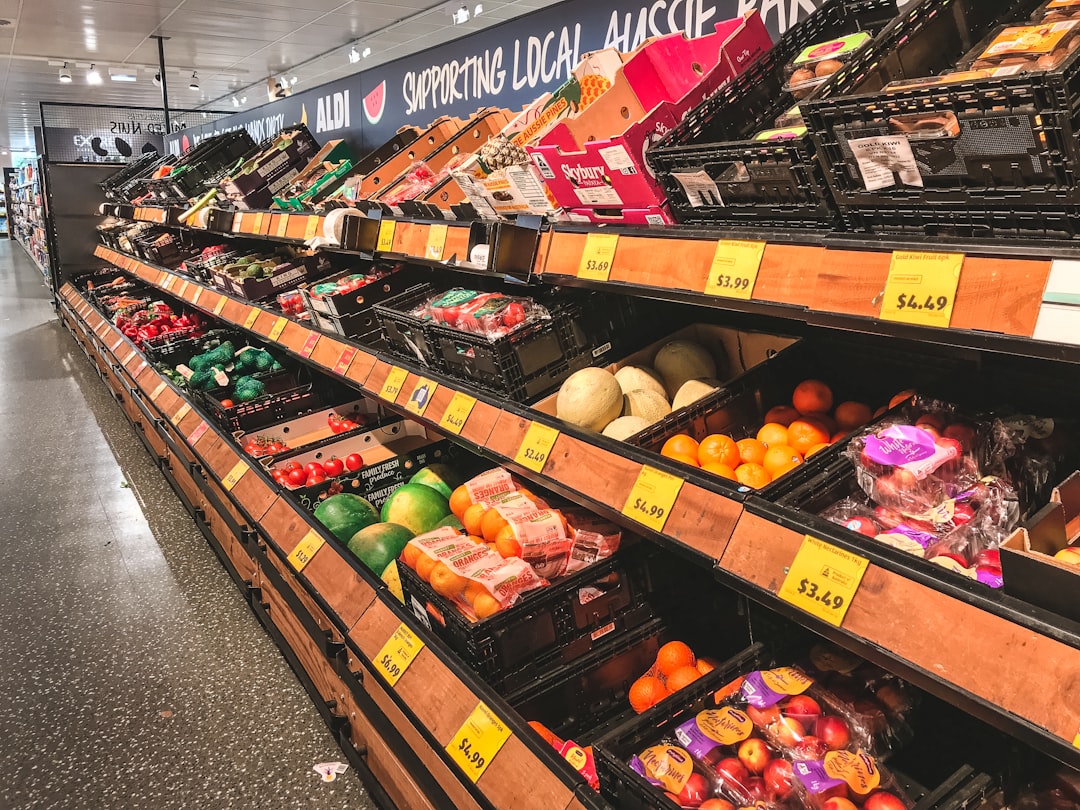Time to Kale-culate Your Savings
Grocery shopping isn’t easy on a shoestring budget—but that doesn’t mean it’s impossible. From coupon clipping to springing for simple dishes, here are a few easy ways to save on your next trip.
 Photo By: Kaboompics.com on Pexels
Photo By: Kaboompics.com on Pexels
1. Don’t Shop Hungry
It’s advice you’ve likely heard before, but that’s because it’s true! If you’re trying to clock in under a certain total, the last thing you need is to walk down aisles of food with a growling tummy. Have a light snack beforehand.
2. Shop at the Bottom
Popular brands are usually stocked at eye level, enticing passersby to grab the most expensive option. Don’t be afraid to shop for in-house brands. Most stores come with their own brand, most of which perfectly mimic the name you’re used to. Not only are they practically the same, but they’re also cheaper and on sale more often.
 Photo by Victoriano Izquierdo on Unsplash
Photo by Victoriano Izquierdo on Unsplash
3. Make a List
You’re just asking for trouble without one. It’s easy to assume you’ll remember a few items, but it’s just as easy to spend hundreds of dollars. Don’t veer away from your list—they help you stay on track and protect your budget.
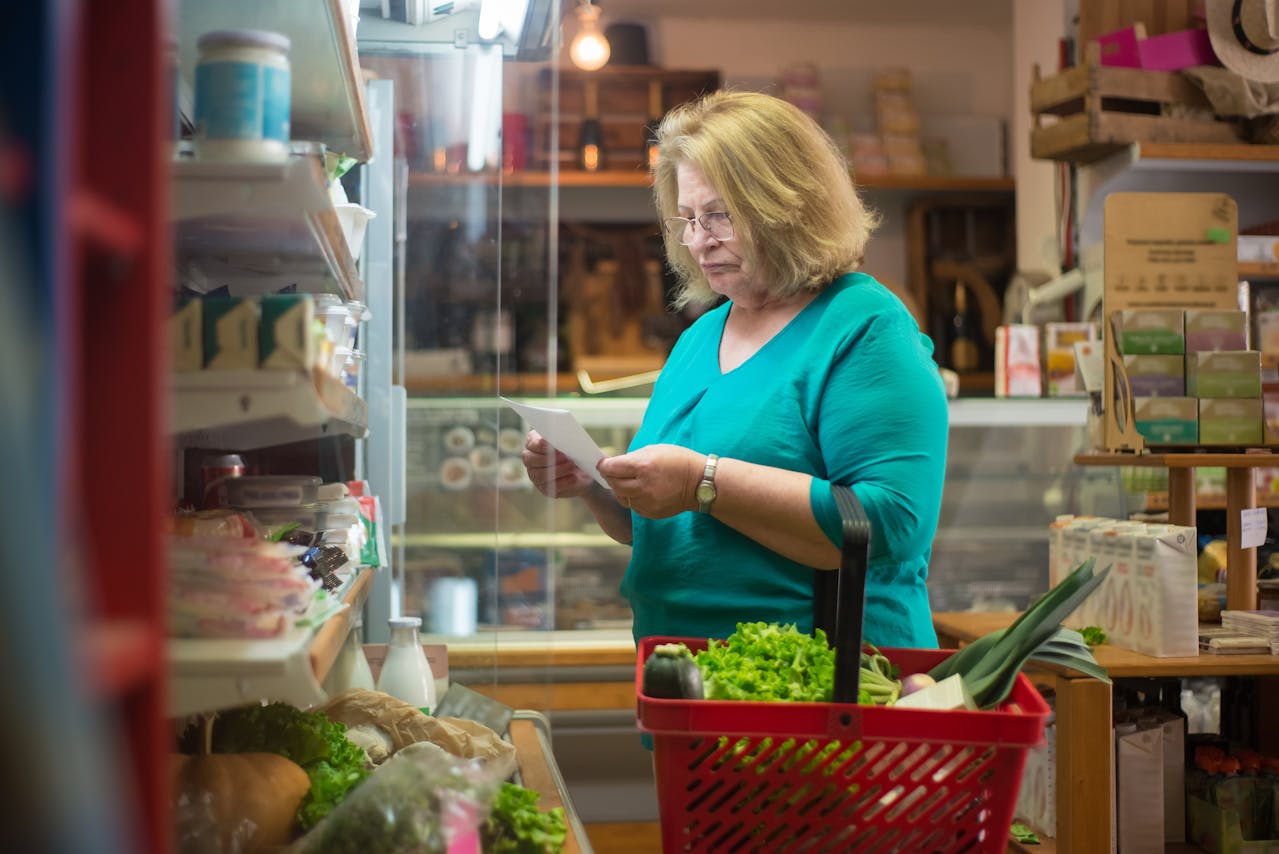 Photo by Kampus Production on Pexels
Photo by Kampus Production on Pexels
4. Cruise for Coupons
Whether you find ‘em in the local paper or browse mobile apps, get those coupons. Flipping through flyers beforehand lets you price match and keeps you in the loop on the best deals. Never feel ashamed for saving money, even if you’re not as experienced as extreme couponers!
5. Select Versatile Items
Versatile items go a long way between shops. Opt for anything from frozen veggies and eggs to rice and potatoes. They’re easily incorporated into meals, they’re good for you, and save you some green for next time.
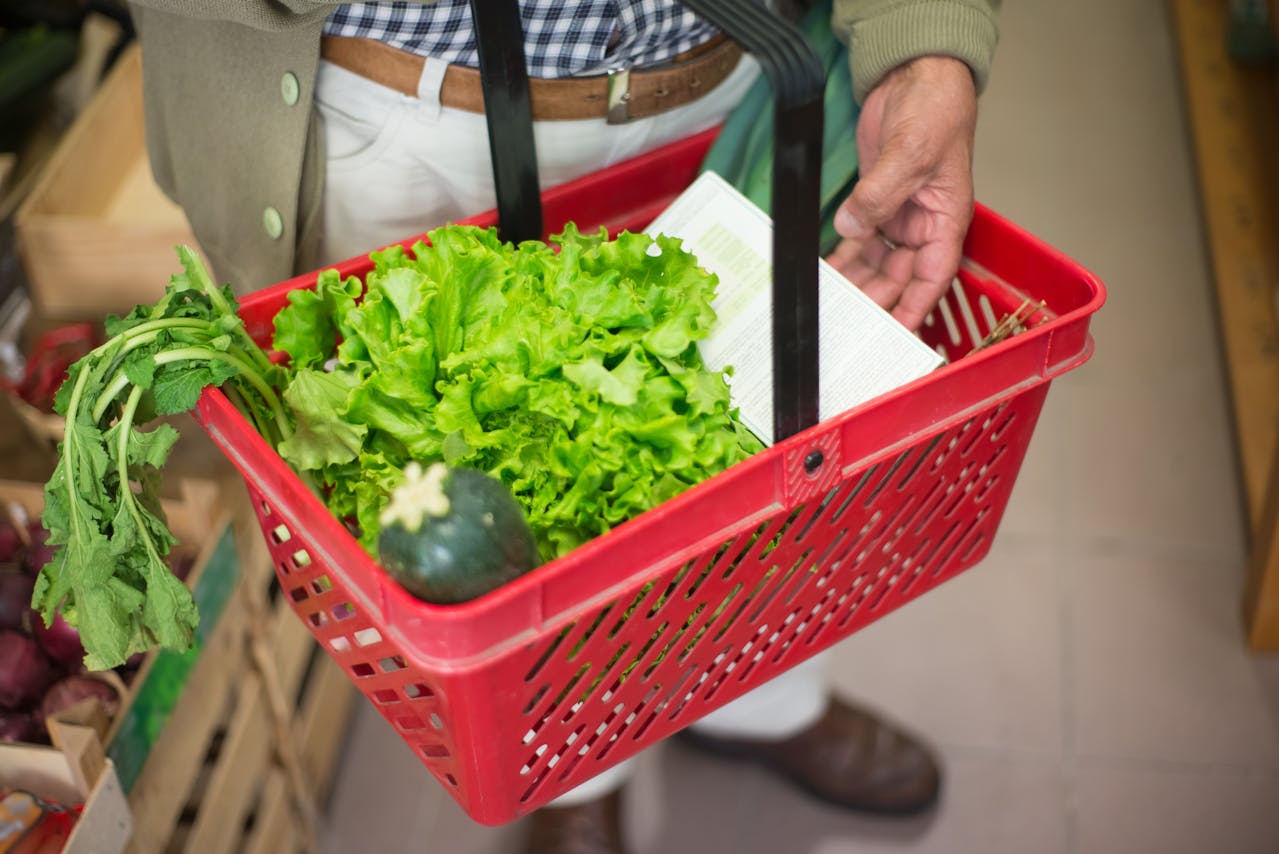 Photo by Kampus Production on Pexels
Photo by Kampus Production on Pexels
6. Look into Leftovers
It’s tempting to buy fresh every time, but there’s something to be said for leftovers night. Before your next shop, raid your pantry and fridge to see what’s already in stock. You can also build grocery lists around items that make good leftovers, like pasta or meat dishes!
7. Buy Produce in Season
We’d all love raspberries in December, but they’re just not in the cards. Grocery stores know it too, which is exactly why they want your firstborn in exchange. Stick to seasonal produce and save yourself the headache.
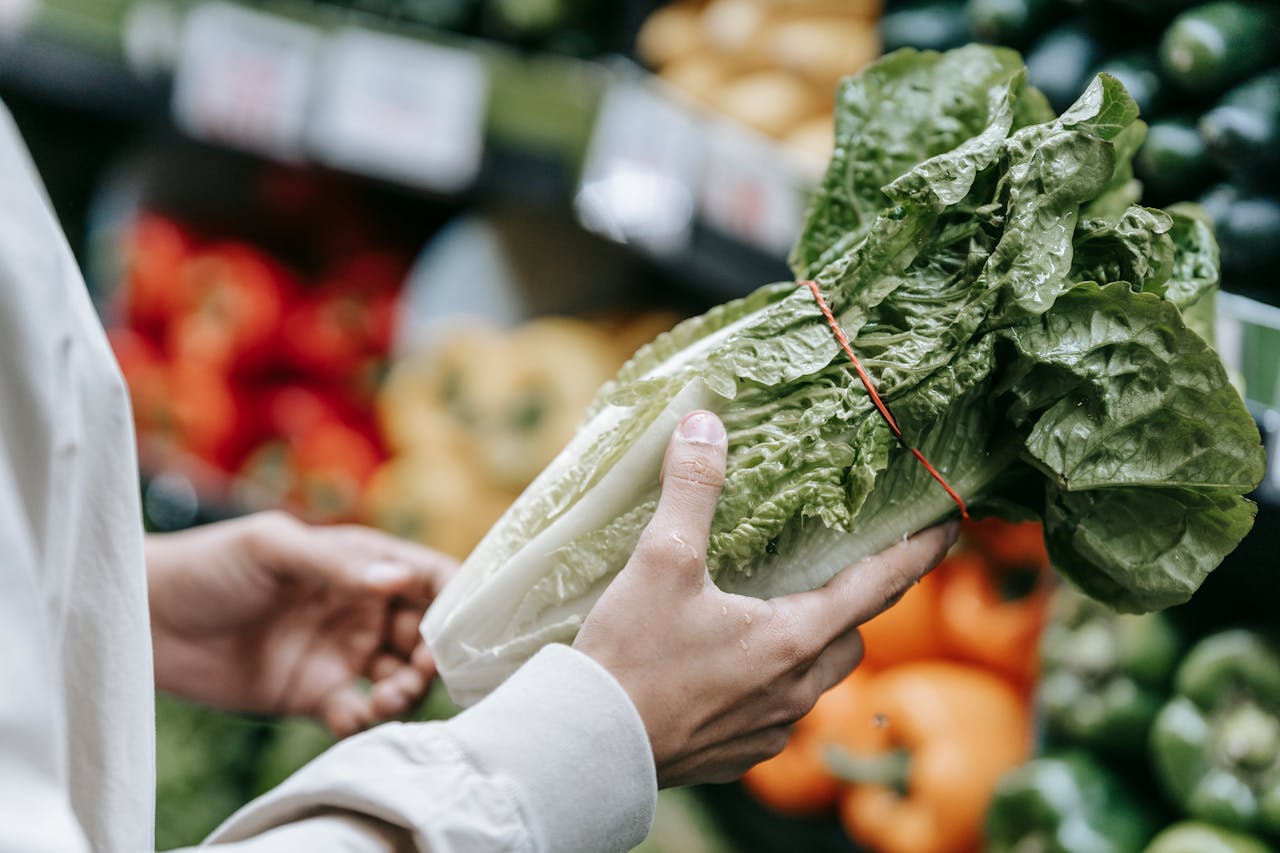 Photo by Michael Burrows on Pexels
Photo by Michael Burrows on Pexels
8. Skip the Packaged Stuff
Most places have perfectly safe tap water, allowing you to cut out the bottled stuff. You can always invest in a filtration system, too! Though, bottled water is only the tip of the iceberg. Powdered milk is also often cheaper than fresh milk.
 Photo by Gustavo Fring on Pexels
Photo by Gustavo Fring on Pexels
9. Grab Ground Meat
Depending on where you live, ground meat might be cheaper than your average chicken breast or sausage link. Compare prices the next time you’re out and reach for the minced stuff if you notice a difference.
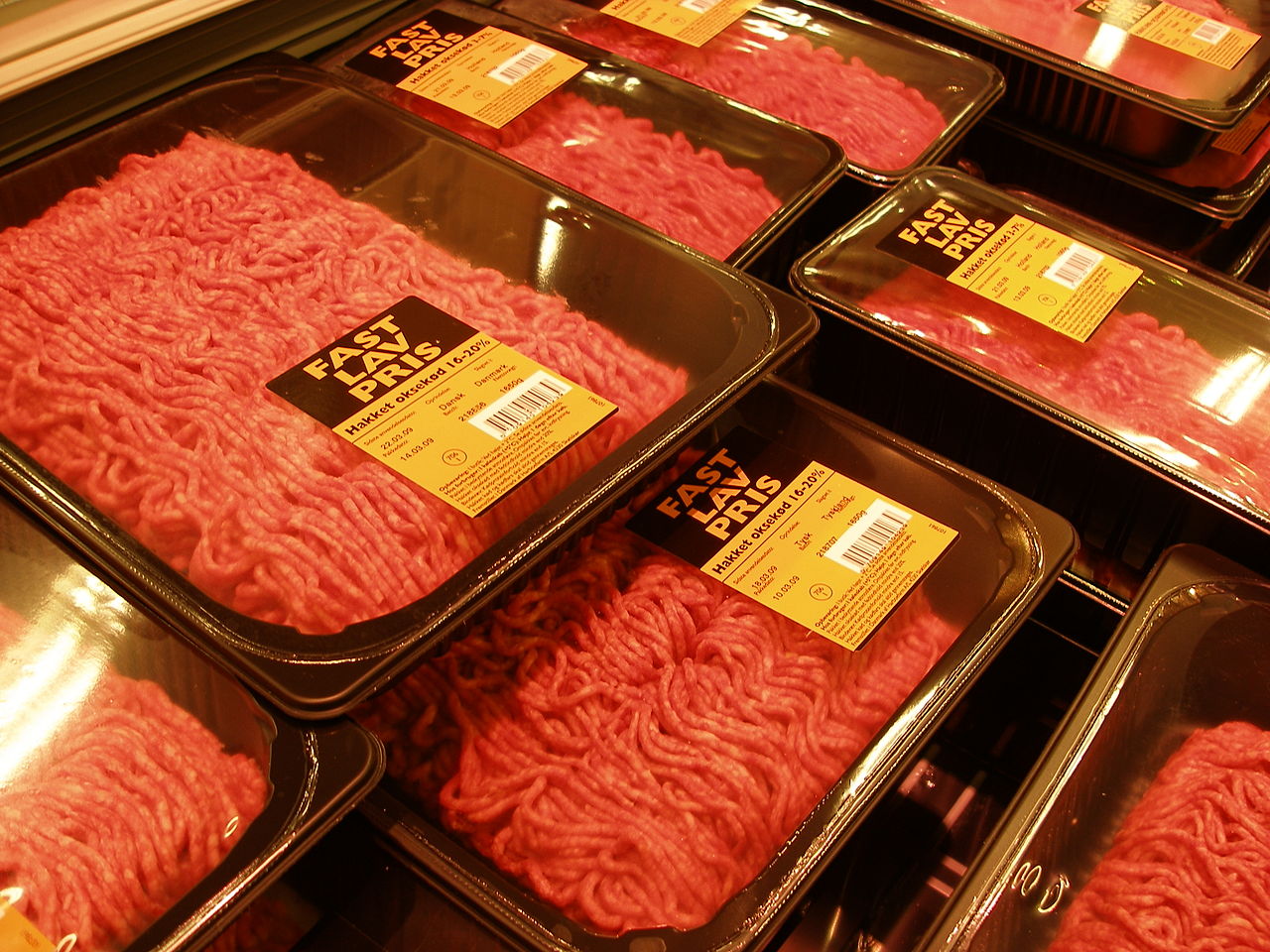 User:Nillerdk on Wikimedia Commons
User:Nillerdk on Wikimedia Commons
10. Build Your Pantry
We mentioned that pantries can save you money in the long run, but you’ll need to pack yours first. Buying in bulk or grabbing non-perishable items keeps shelves stocked on a budget. Those canned goods also allow you the space to load up over time.
 Photo by RF._.studio on Pexels
Photo by RF._.studio on Pexels
11. No Impulse Shopping
Grocery stores strategically place impulse buys near the register. They know you don’t need that candy bar—you know it, too. But you’re likely to buy it because it’s there or, conveniently enough, is on sale. Resist the urge!
 Photo by Kampus Production on Pexels
Photo by Kampus Production on Pexels
12. Try the Apps
Everything has an app nowadays, including your local grocery store. Not only are you first in line for deals, but plenty of apps also track your budget, make lists, and help you meal plan for the week. Not to mention, apps like Flipp bring the flyers right to your thumbs!
 Photo by Kampus Production on Pexels
Photo by Kampus Production on Pexels
13. Buy in Bulk
If it’s in the budget, consider buying in bulk. Large families can especially benefit because frozen meat or bigger snack bags last longer between trips. However, pay attention to what you actually need—falling for cheaper costs also causes significant waste.
14. Don’t Shop for Convenience
We all love a helping hand now and then, but grocery stores bank on that. It’s exactly why they charge an arm and a leg for bagged lettuce or pre-chopped veggies. Consider cutting out the convenience, even if it’s only a few items.
 Photo by Helena Lopes on Pexels
Photo by Helena Lopes on Pexels
15. Consider Meatless Meals
Meat prices have always been a bit crazy, but today’s costs are ludicrous. Spare yourself the overdraft and opt for meatless options instead. A few vegetarian weeknights can shave some numbers off that receipt.
 Photo by Jack Sparrow on Pexels
Photo by Jack Sparrow on Pexels
16. Eat a Few Classic Meals
Stick with meals you like, especially if they’re cheap! While you don’t need to eat eggs for every breakfast, indulging a few times a week saves on food costs. They’re also incredibly versatile, which are exactly the foods you want.
 Photo by Greta Hoffman on Pexels
Photo by Greta Hoffman on Pexels
17. Make Simple Dishes
It’s your kitchen, not the Four Seasons. Simple dishes are just as delicious as the extravagant stuff—only now you’re knocking out two birds with one stone. Save on groceries and indulge in the easy stuff like pasta, omelets, and wraps.
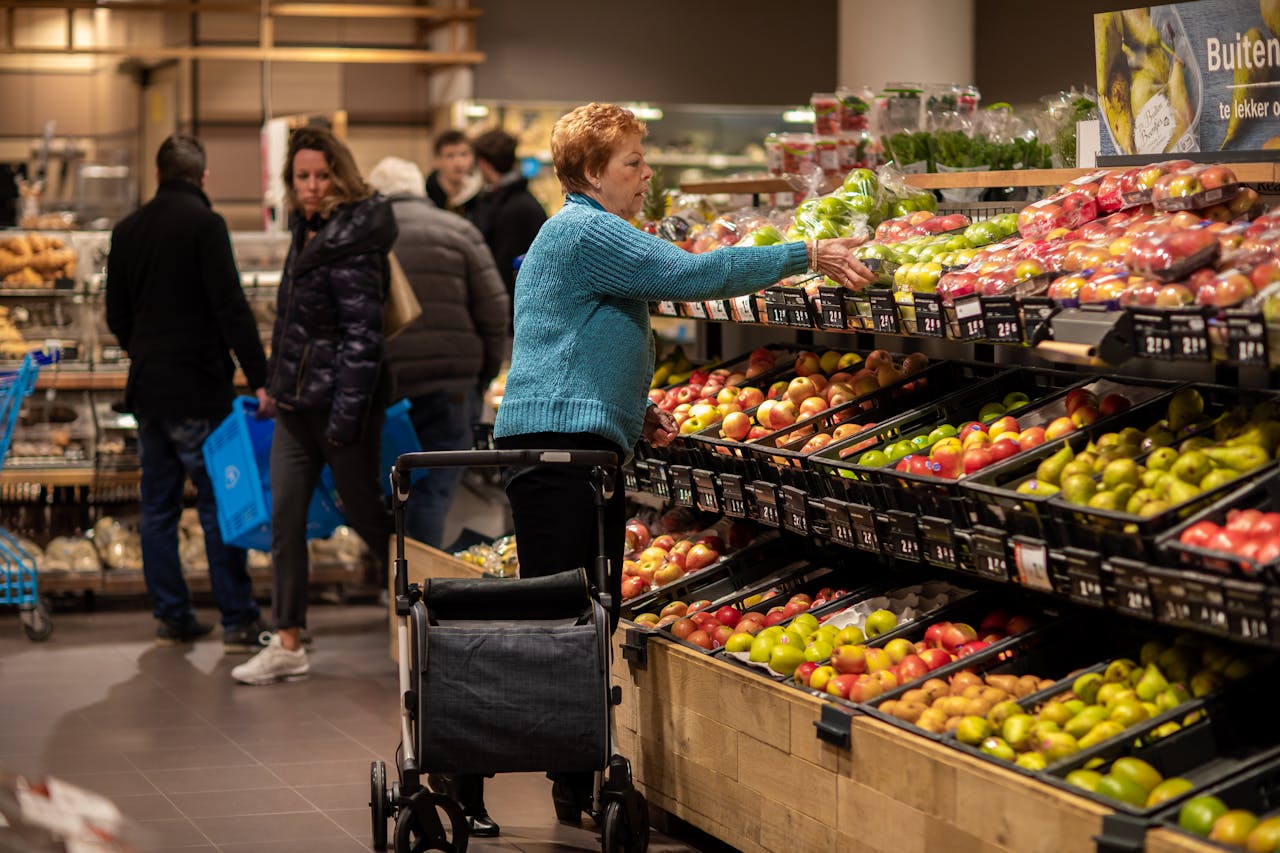 Photo by Rollz International on Pexels
Photo by Rollz International on Pexels
18. Ditch Items You Don’t Want
Rather than let pantry items go to waste, donate unopened goods to shelters near you. Non-perishable goods are always welcome, and charitable actions go a long way for everyone involved.
 Photo by Mega Stolberg on Unsplash
Photo by Mega Stolberg on Unsplash
19. Compare Costs
It’s much easier to stick with the store we know…even if their prices turn our hair grey. But if your wallet’s a little skimpy lately, it’s time to compare prices. Flipping through flyers ensures your family gets the best deal.
 Photo by Michael Burrows on Pexels
Photo by Michael Burrows on Pexels
20. Don’t Take the Kids
Surprise—kids are impulsive! They’re too young to understand budgeting and are now loose in the candy aisle, wondering why you can’t buy everything. Long story short, it’s often a disaster. If you can, leave them at home.
KEEP ON READING

The Most Popular Signature Dishes Around the World





